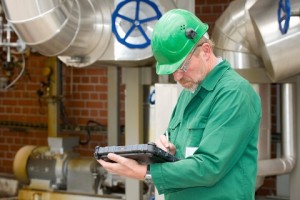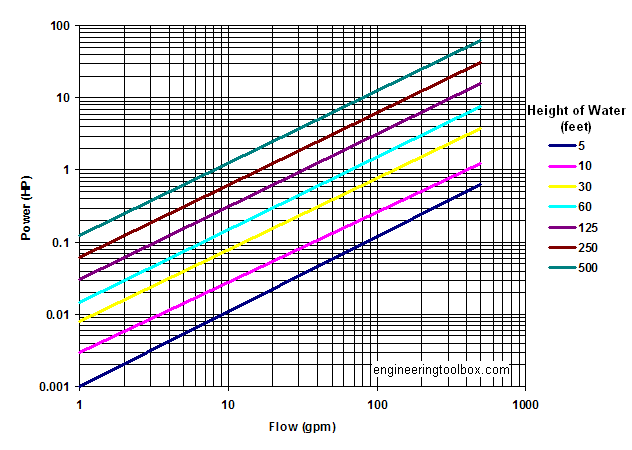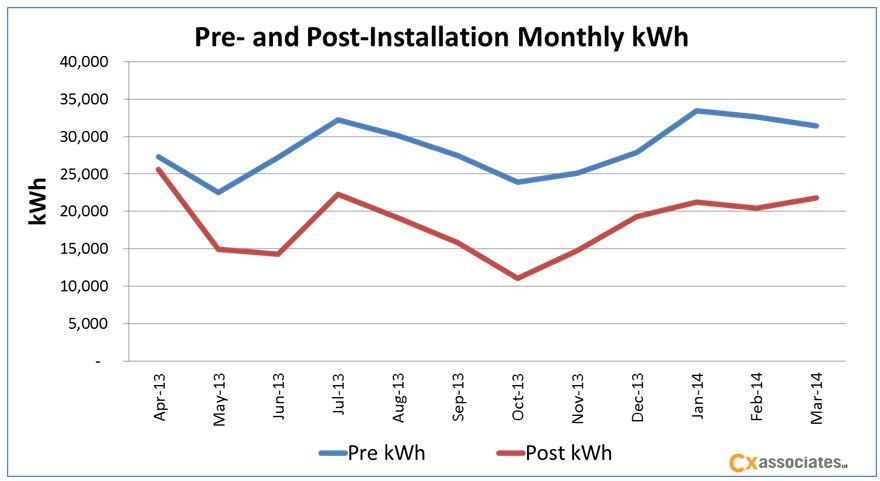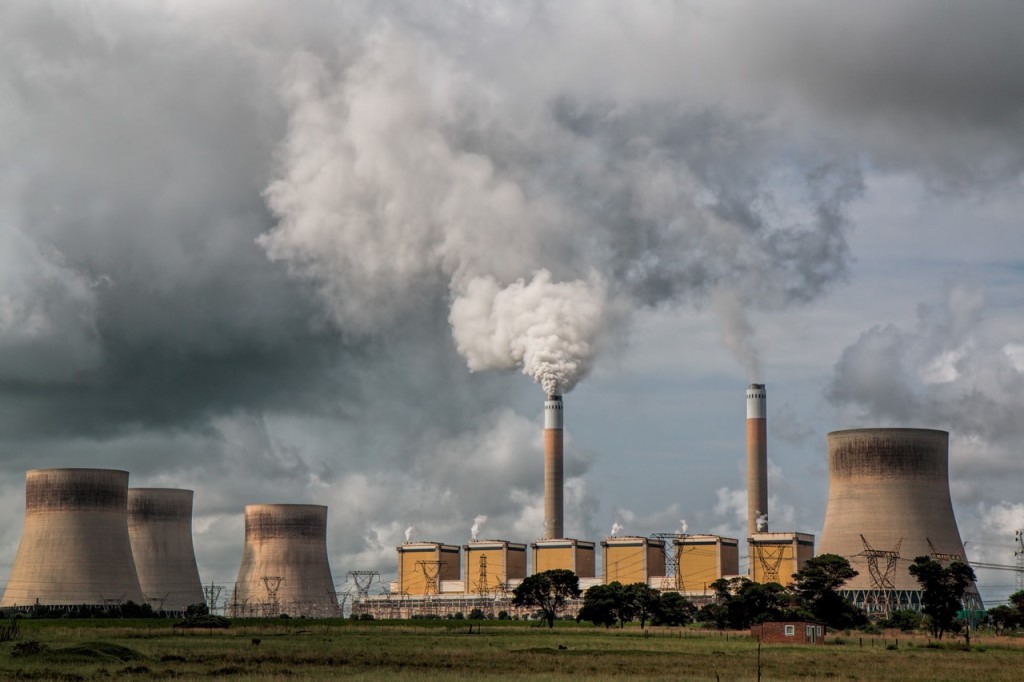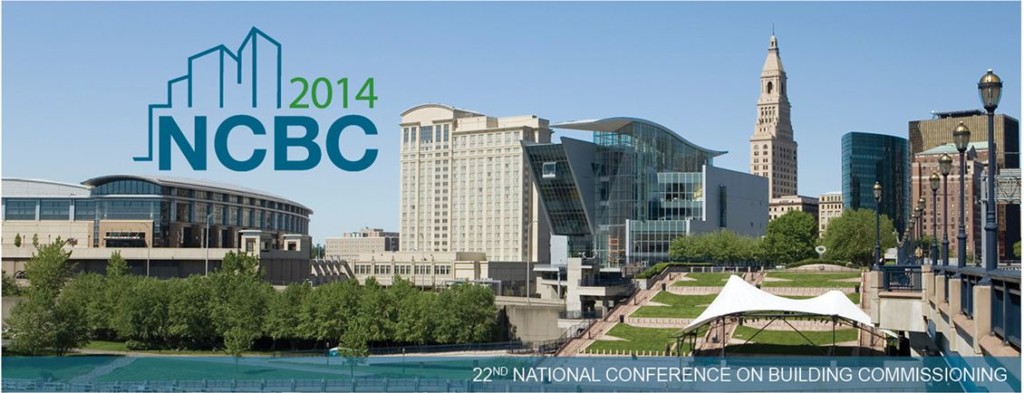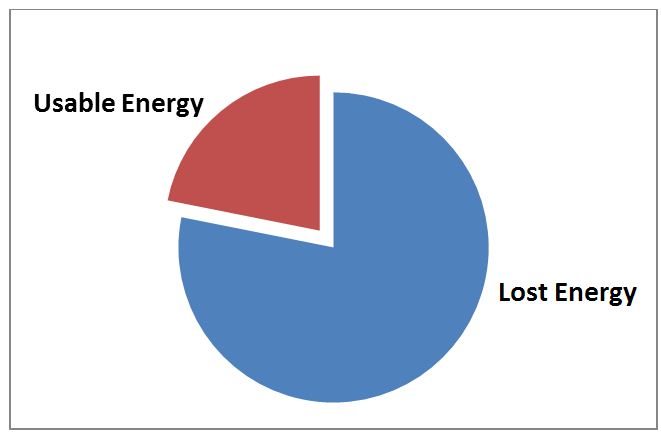Is the energy efficiency field growing up? I am cautiously optimistic that the answer to this question is “yes.” From the discussions of the major carbon producers - China and USA – regarding limits to their emissions, to building codes ever increasing minimum building efficiencies, and efficient technologies being accepted by the market, it seems promising. Another positive sign is that energy efficiency programs are starting to go deeper into more complicated measures. This means we’re moving energy efficiency programs past the “low-hanging fruit” that the market understands, and administrators are looking towards new areas and technologies.
Eveline Killian
Recent posts by Eveline Killian
2 min read
Is the Energy Efficiency Field Growing Up?
By Eveline Killian on Oct 7, 2015 6:00:00 AM
Topics: Energy Efficiency
3 min read
Why Third Party Energy Efficiency Program Evaluations?
By Eveline Killian on Aug 5, 2015 6:00:00 AM
The effectiveness of an energy efficiency program is measured in large part by the actual savings realized by the efficiency measures installed. Every program is accountable to the state’s Public Utility Commission (PUC) and utility rate payers, to ensure that public money is being invested wisely. The wise investment of public money is dependent upon how the efficiency measures are installed and operated.
Topics: Energy Efficiency Evaluation Measurement & Verification (EM&
4 min read
Understanding Flow Meters: What You Need to Know
By Eveline Killian on Jun 10, 2015 6:00:00 AM
Commercial and industrial businesses spend a great percentage of their building costs on creating hot and cold water and pumping it around their facility. This infrastructure includes chillers, boilers, cooling towers, and pumps used for heating, cooling, process cooling, and domestic hot water. Considering how much money is spent on this portion of the business, it is not surprising that there is an increased focus on determining the correct amount of water required to meet the needs of the business. This blog post aims to explain the differences between the various flow meters currently on the market.
Topics: Building Performance & Technology Evaluation Measurement & Verification (EM&
4 min read
3 Ways to Increase Your Retrocommissioning Project Success
By Eveline Killian on Apr 15, 2015 6:00:00 AM
In business, as in life, there is risk with every complex project you begin. In retrocommissioning (RCx) projects, the main risks for commercial building owners and managers are threefold: the savings will not be realized, the scope will increase, and the savings will not be persistent after the job is complete. These issues are also on the minds of every engineer who accepts a retrocommissioning project. Managing the level of risk is complicated to say the least, but there are common sense ways to protect yourself, your partnership with the retrocommissioning engineer, and the project.
Topics: Building Cx & Design Review
2 min read
Big Energy Savings from Small Building Retrocommissioning
By Eveline Killian on Feb 11, 2015 5:00:00 AM
Part of a marketing stumbling block in our commissioning field is the lack of quantifiable benefits to our work. People understand commissioning will enable their systems to work more smoothly, generating less maintenance issues and longer equipment life. People understand that commissioning will benefit their building with more comfort for their tenants and finer temperature and humidity control for their processes. But quantifying any energy reduction attributed to commissioning is usually not in the project’s budget and is all too often forgotten when everyone moves on to new projects.
Topics: Building Cx & Design Review Energy Efficiency Building Performance & Technology
3 min read
Is a Net Zero World Even Possible?
By Eveline Killian on Nov 12, 2014 5:00:00 AM
I take climate change very seriously and do what I can in my personal life and through my career in energy efficient building commissioning to mitigate my impact on the environment. But I am also cautious of doomsayers who call for unrealistic achievements or all is lost. So I was motivated to do some investigating recently when I read that the Intergovernmental Panel on Climate Change states that “global emissions need to hit zero by 2100 to keep global warming below 2°C by the turn of the century.” That struck me as such an idealistic goal. Can we really do that? I decided I wanted to educate myself and, of course, found that this iceberg is deeper than I expected, and the answer is not simple. In this post I’d like to share its complexity and, in a subsequent post, I will speak to my interpretation of realistic goals.
Topics: Public Policy Energy Efficiency
3 min read
Proven Energy Savings through Building Retro-Commissioning
By Eveline Killian on Oct 1, 2014 6:00:00 AM
The least utilized part of the building commissioning process is the act of going back to a completed project and proving the monetary value of the commissioning work. This is an added cost but is very important for the building owner as well as the commissioning agent to ensure changes were implemented correctly. Fortunately, we have many affordable options these days to measure the energy consumption of our building equipment before and after our commissioning work. Armed with this real-life performance data, we can present the owner with hard evidence of the value of fine-tuning a building’s mechanical system. We recently did such a review of two buildings which underwent building commissioning in the past 18 months. By analyzing the data, we found savings for these buildings range from 18-30% with relatively short payback periods.
Topics: Building Cx & Design Review Energy Efficiency
4 min read
Retrocommissioning Field Lessons
By Eveline Killian on Jul 9, 2014 6:00:00 AM
Part 1: Performance Improvement and Proven Energy Savings
I recently presented at the NCBC conference in Hartford, Connecticut on the lessons we have learned from our retrocommissioning work. Retrocommissioning is a difficult process to predict, as existing systems and opportunities vary so widely depending on the equipment’s age and functional state, as well as the changes in loads since the building’s design. So while projects themselves differ in scope, size and outcome, the lessons we’ve learned about the process apply across the board. In this two-part blog post, I will discuss our experience with the performance improvements (proven benefits to the building) this week and my thoughts on the process next time.
Topics: Building Cx & Design Review Energy Efficiency
3 min read
Energy Efficiency and the Commissioning Agent
By Eveline Killian on Jun 4, 2014 6:00:00 AM
In May I attended (and presented at – more on that in another post) the National Building Commissioning Association’s annual conference in Hartford, Connecticut. It was my first time at this organization’s gathering and I was pleasantly surprised by a few turns in the commissioning field that I hadn’t expected - mainly the extensive focus on energy efficiency and energy analysis.
Topics: Building Cx & Design Review Energy Efficiency
3 min read
A Penny Saved is … Three Pennies Earned
By Eveline Killian on Apr 9, 2014 6:00:00 AM
I came across Ben Franklin’s famous saying “A penny saved is a penny earned” and it got me thinking about energy saving. Just like a heat pump seems to make energy for free (which it doesn’t, but that’s another story), saving energy through energy efficiency is a cumulative principal that saves much more than the actual kW or gallon of fuel that you’re not using. Consider the generation, distribution and transmission costs of the energy itself. By the time the kW is available at your circuit breaker, you’ve already lost 65-70% of the energy potential of that lump of coal or gallon of crude oil.


